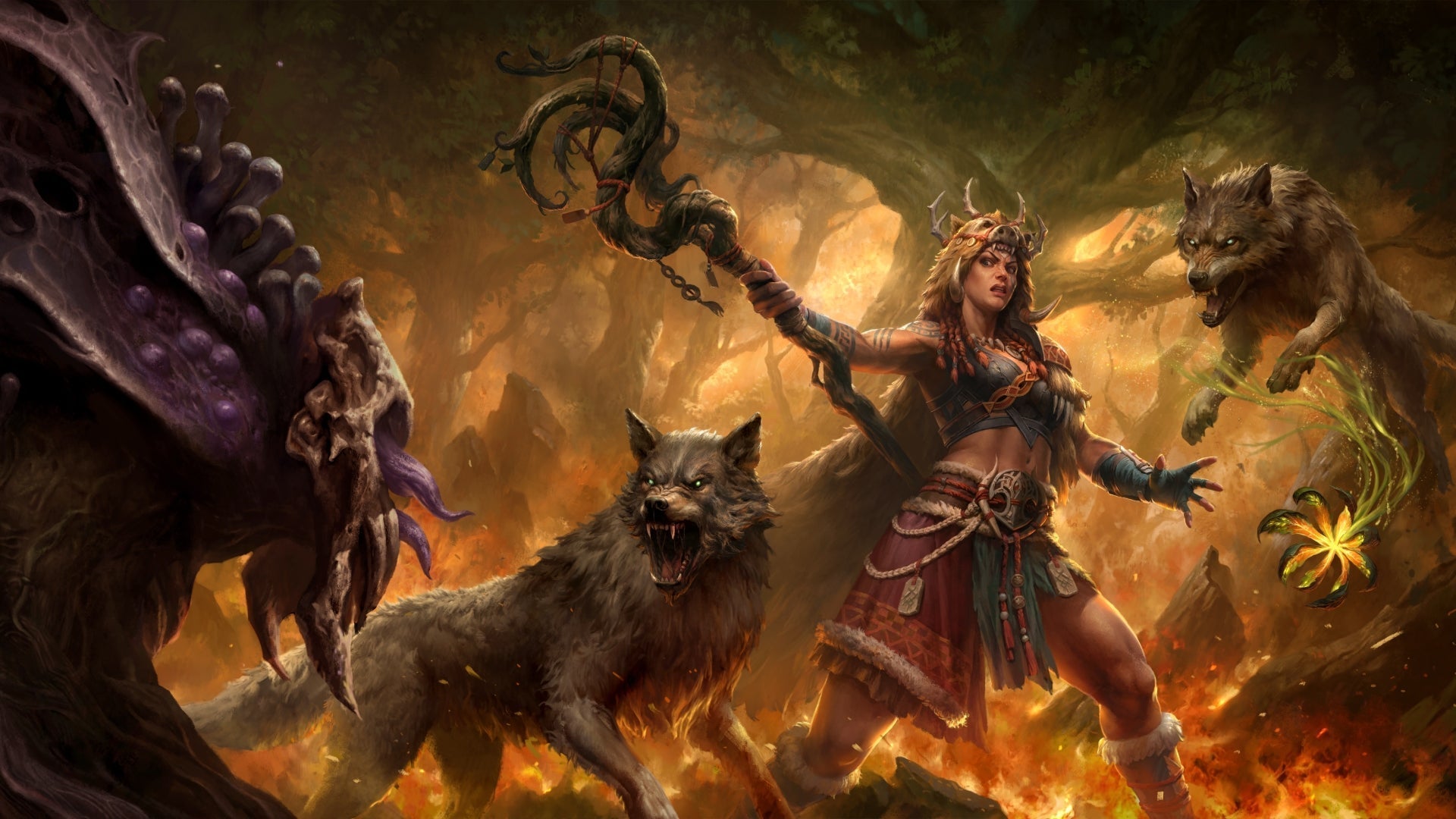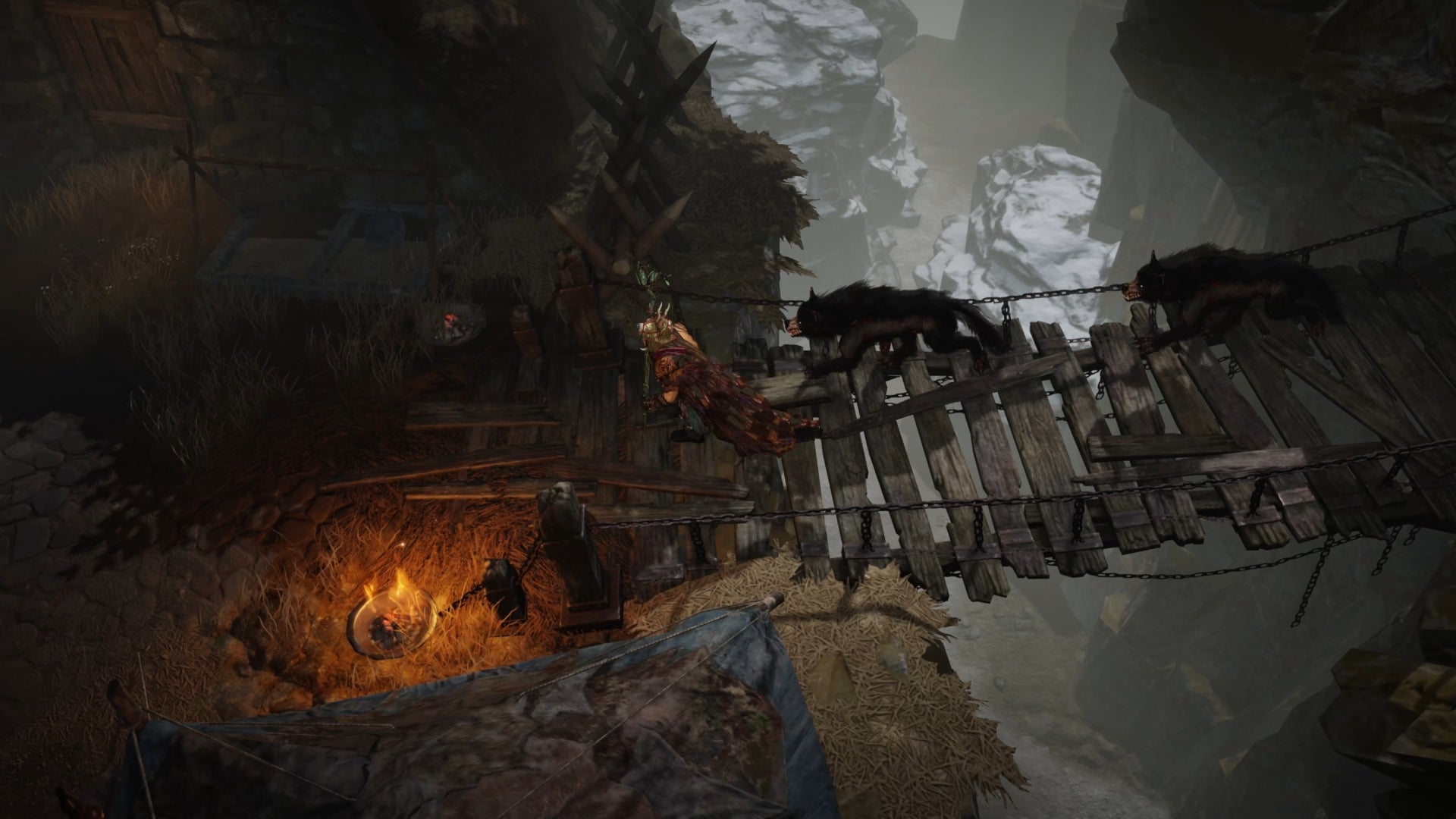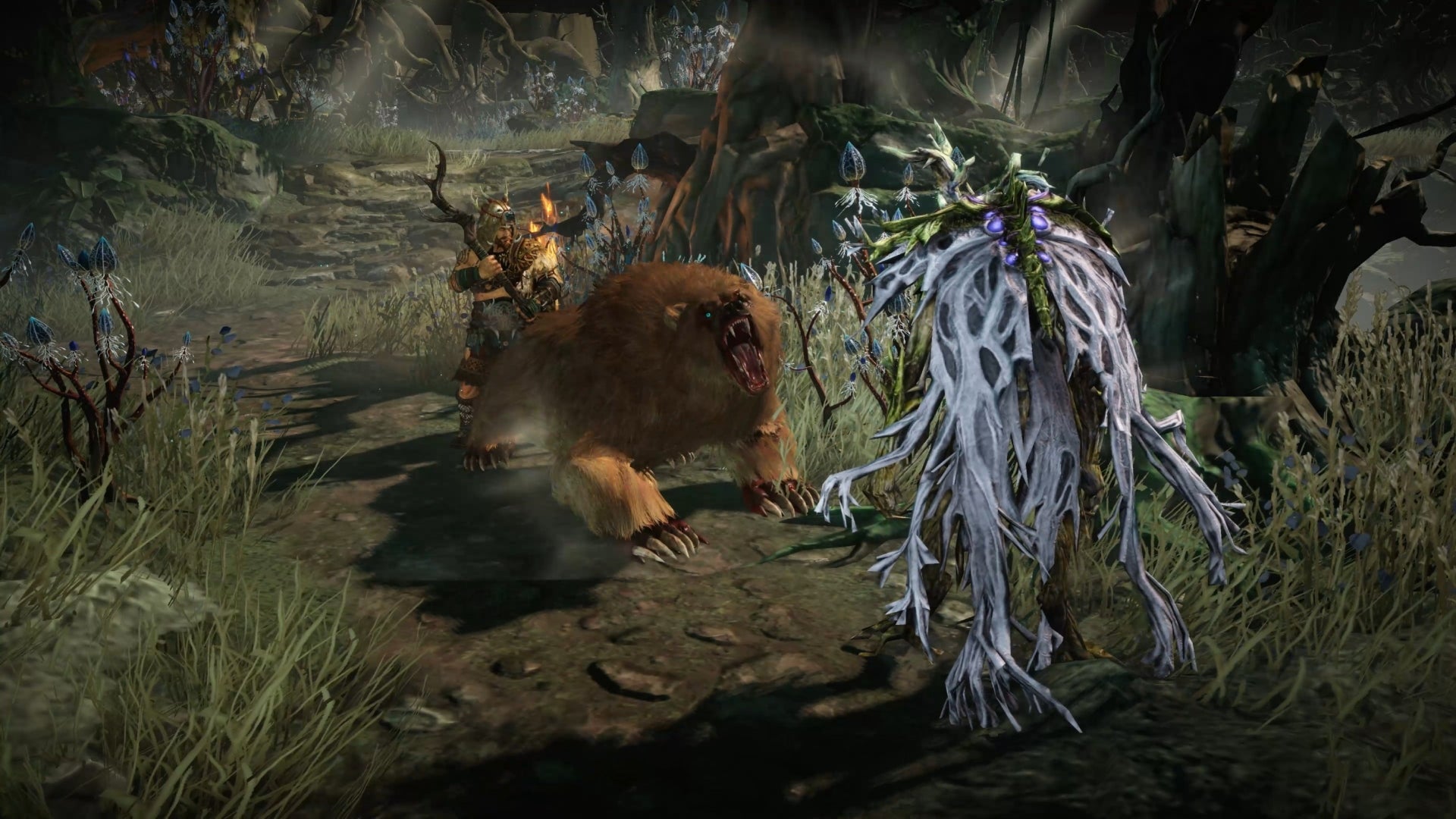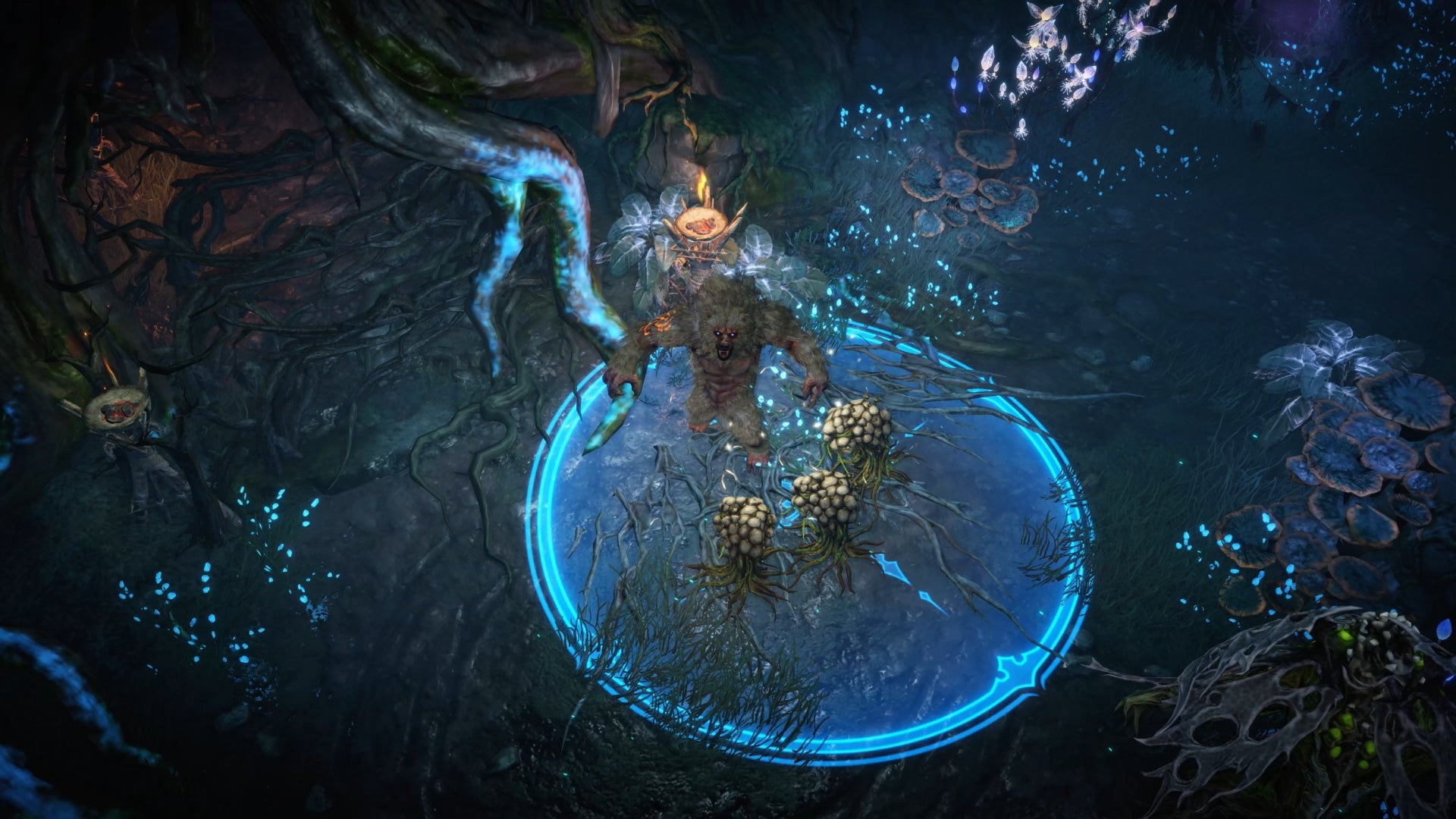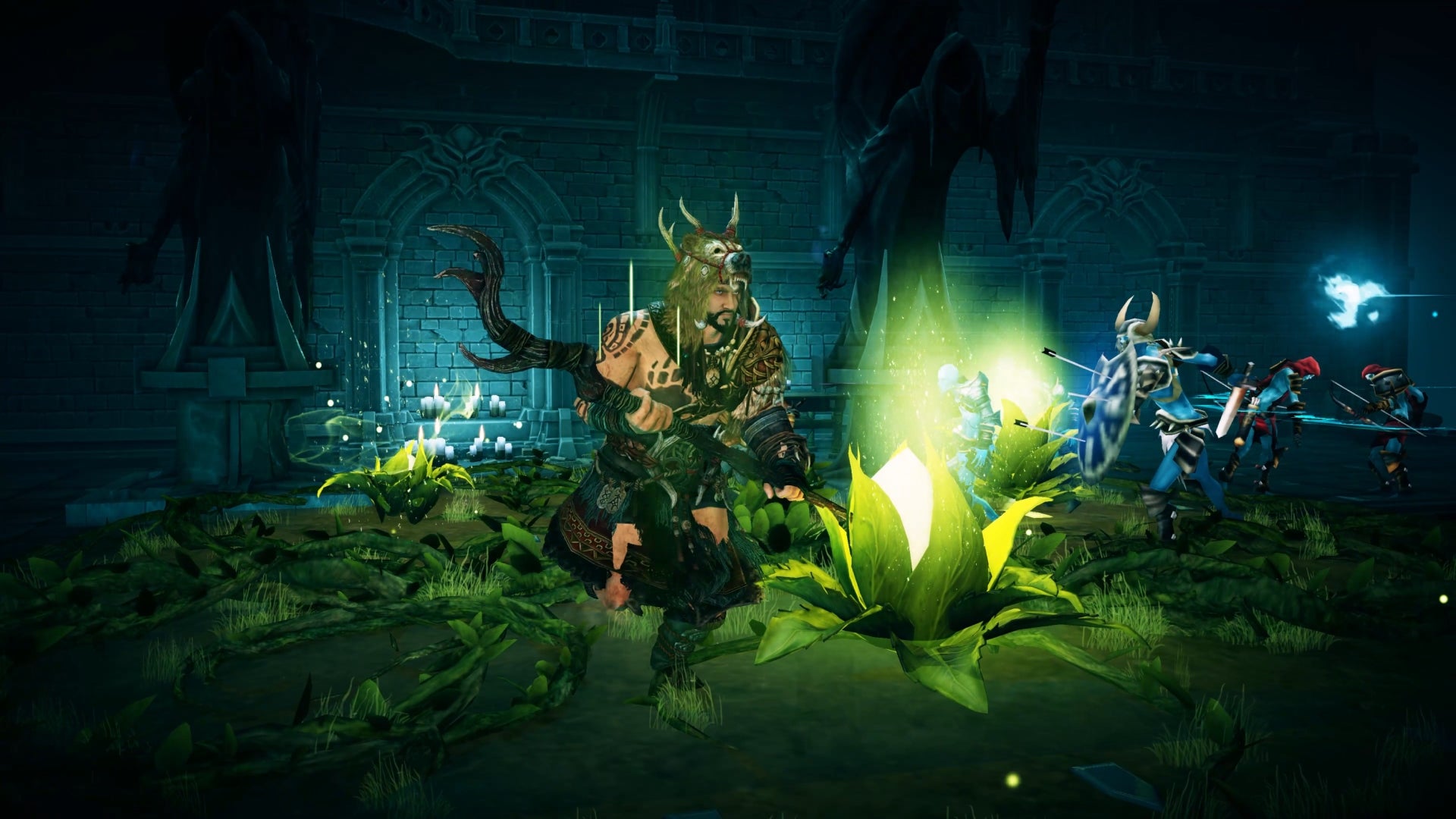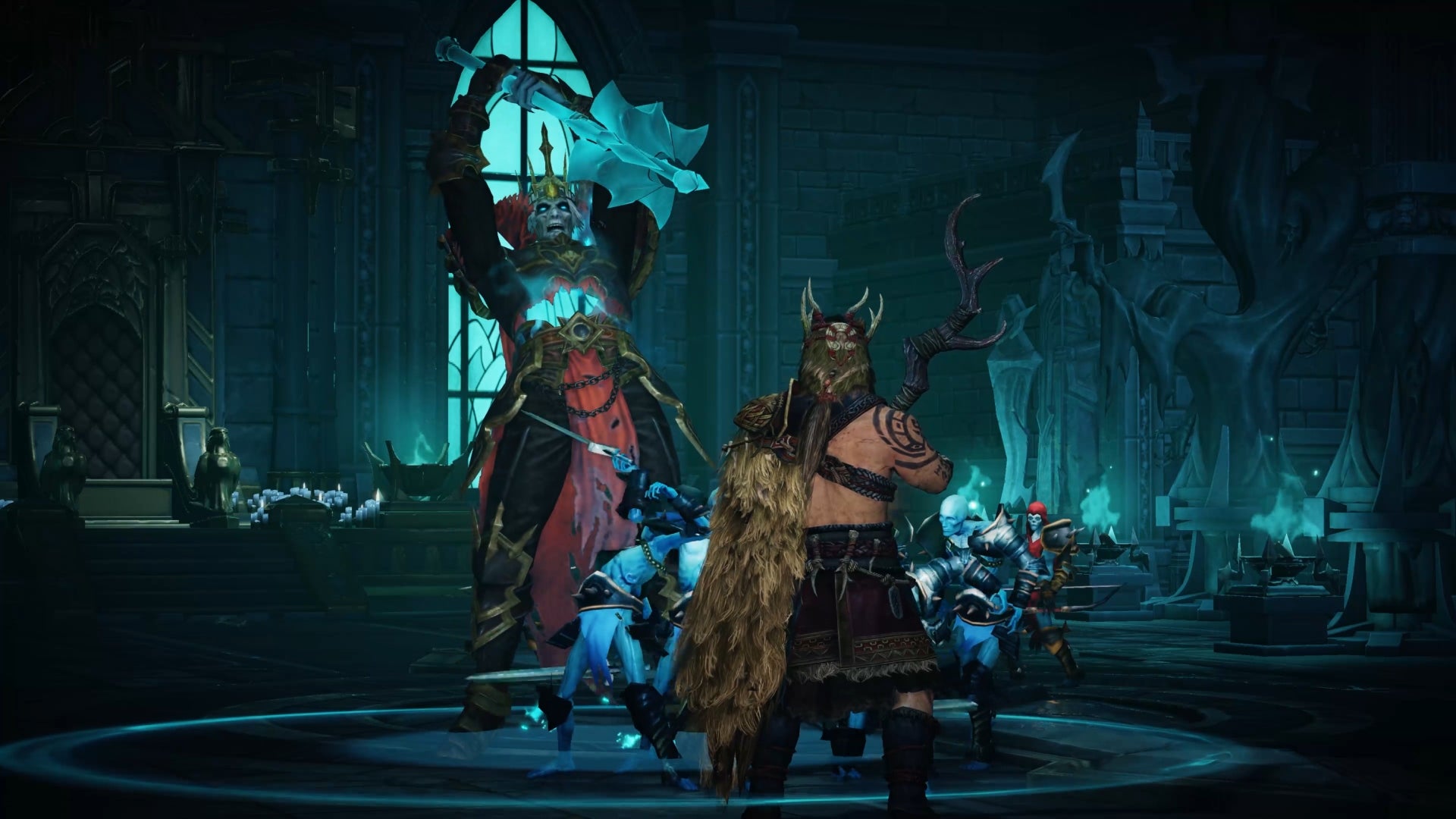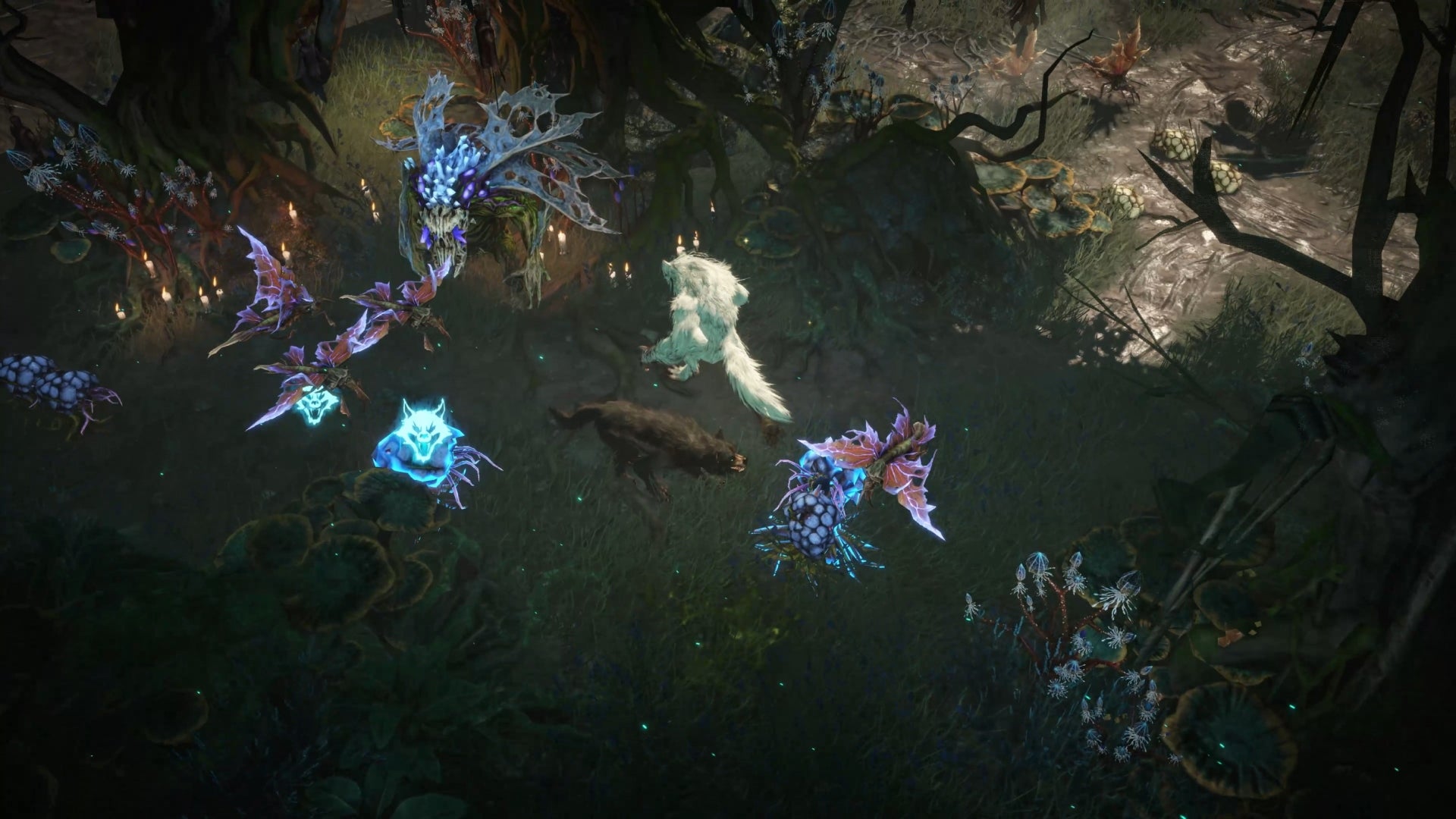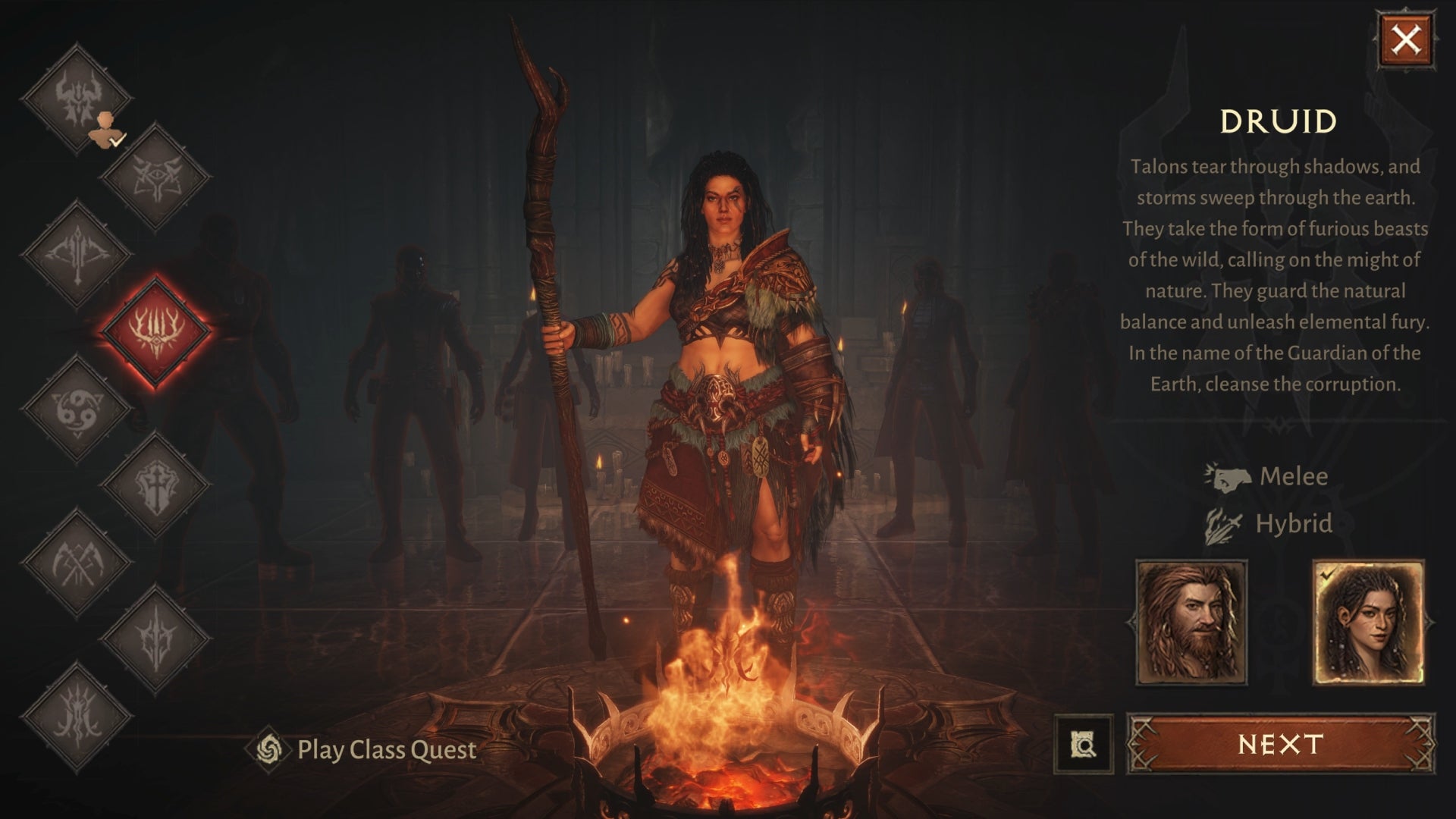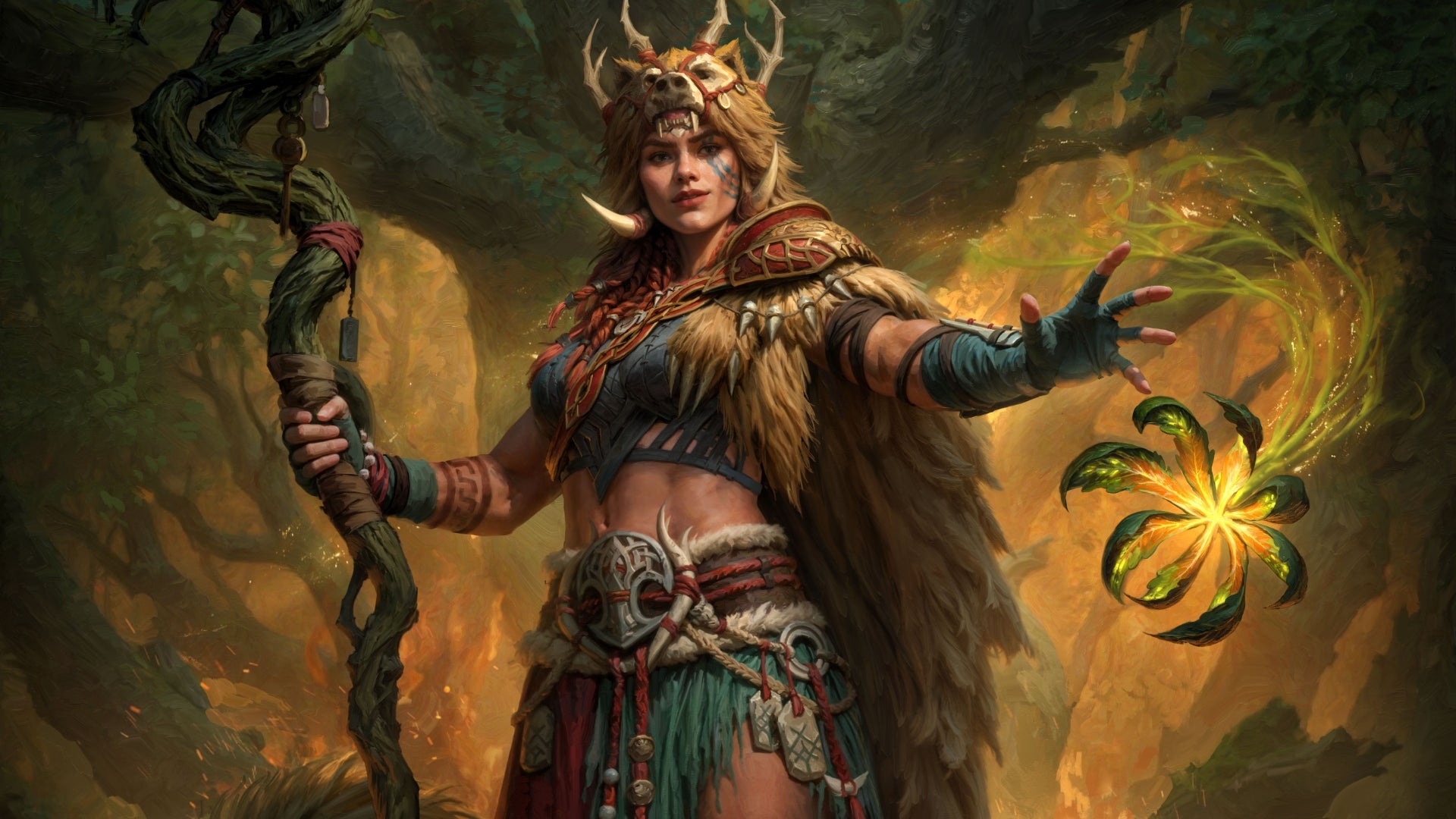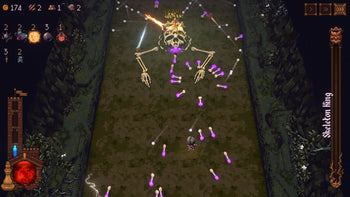Diablo Immortal Interview - Blizzard on Adding the Druid as the Ninth Playable Class
Diablo fans have been eating well in recent years, thanks to the return of the all-time classic Diablo 2 with Diablo II: Resurrected, the long awaited debut of Diablo IV (which has already received its first of multiple planned expansions), and the free-to-play Diablo Immortal designed for on-the-go devices like smartphones and tablets.
In 2025, Diablo Immortal is a more polished and expansive experience than it was when players first encountered it in 2022. And with the arrival of the game’s ninth playable class this week, in the form of the Druid, it’s something that action RPG and Diablo fans should check out or dive back into. With high production values, new story content, and hours of dungeons and demon-slaying action on offer, it’s impressive how much free stuff you have access to.
And how much fun it is to transform into a Werewolf and wreak havoc on a group of enemies.
Ahead of the Druid’s debut in Diablo Immortal, we got the chance to sit down with Ryan Quinn, Senior Narrative Designer, and John Yoo, Lead Systems Designer, at Blizzard, to talk about Werewolves, Werebears, and all things Diablo Immortal. From insight into designing a new class (via bringing back a franchise staple) to the secret sauce that makes Diablo so much fun to play.
Diablo Immortal
About the author


